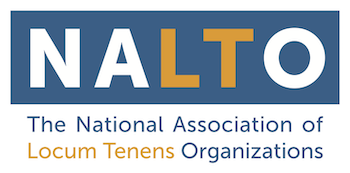Those who live in remote regions of the country are statistically more disadvantaged than those in metropolitan areas, both socioeconomically and with respect to access to healthcare services. Rural communities are challenged by lower incomes, less access to technology, and higher levels of poverty. It’s an older population, and they’re more reliant on social services than those living in urban centers. It’s also the segment of the population that needs us most yet receives the least amount of medical resources.
The number of physicians per 10,000 people is 13 to 31, rural versus urban, according to the National Rural Health Association. They continue to lack coverage and, even for those who have coverage, they often live hours from the appropriate care they require. What’s astounding is the shortage of specialists when comparing rural to urban communities. The discrepancy is a shocking 30 specialists in remote areas to 263 available to metropolitan areas per 100,000 people.
